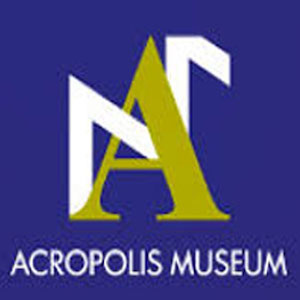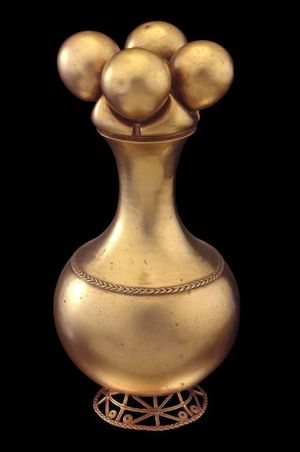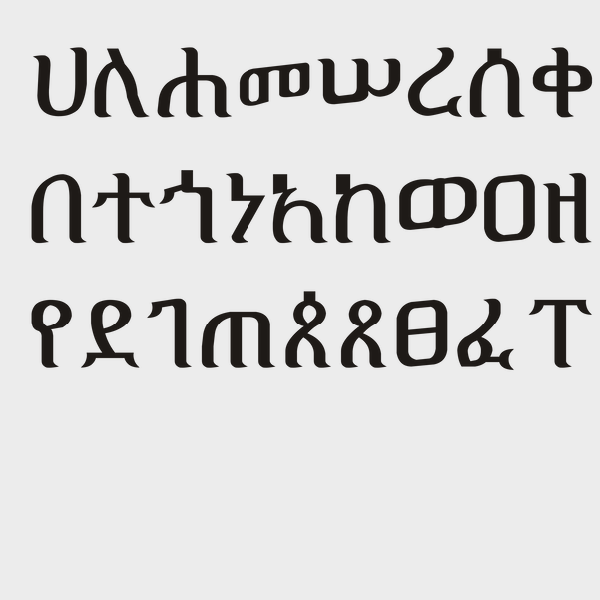Browse
Archaeology

Review
Archives Portal Europe
This website presents records from dozens of countries, in over 20 languages, and from around 7000 diverse archival institutions total including the national archives of dozens of countries and other smaller institutions.
Review
The Acropolis Museum
The excavation and marbles videos might be useful for, in addition to teaching Greek history, helpful for educators wishing to discuss imperialism and globalism through material culture.
Review
Archeological Collection of the Gold Museums
The work of the Banco de la República combines collections related to music, plastic arts, documentary, numismatic, philatelic, archeological, and ethnographic elements.
Review
National Museum of Asian Art
Because the museum is dedicated to Asian art, its educational resources are largely meant to teach students about art.
Review
World Heritage Site Map
The most well-known part of their work is the naming and administration of World Heritage Sites.
Review
African Studies Center
The Center hosts or links to resources on just about every African topic an educator might want to focus on in the classroom.
Review
New Netherland Institute
Due to New Netherland’s intersection across several themes such as globalism, Indigenous contact, enslavement history, transatlantic trade, imperialism, religion, it may be a useful case study for educators wishing to teach students about 17th-century Europea
Review
Minecraft Education
Because Minecraft offers such a wide variety of sources and topics, it can be incredibly helpful to teachers. However, because game-based play poses particular risks, such as the possibility that students will not learn and only focus on playing.
Review
Naval History and Heritage Command
Among the archive's digital collections users can find oral histories, biographies, underwater archeology resources, and infographics.
Source
Ge'ez Script
Ge’ez script is a script used in modern-day Eritrea and Ethiopia that dates back to the 1st century CE.